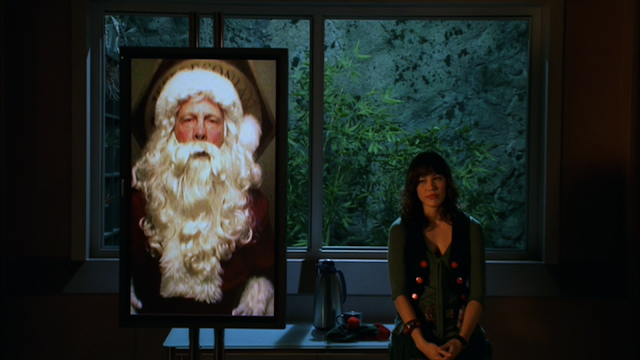In "Breaking Ranks," Ezra poses as cadet Dev Morgan in order to infiltrate the Imperial facility on Lothal and acquire a device that will allow The Ghost crew to locate an Imperial shipment containing a Kyber crystal. During his time there, he befriends fellow cadets Jai Kell and Zare Leonis. These three contrast with Oleg in superficial ways that mirror deeper differences in their characters.
Ezra Bridger (even undercover as Dev Morgan), Jai Kell, and Zare Leonis all have first and last names, and their last names highlight their familial connections: although he's separated from them, Ezra has a strong attachment to his parents, and he recently joined his Rebels family; Jai mentions that his family consists of just him and his mother; and Zare is looking for his sister, who disappeared from the academy. Oleg's single name seems to indicate that he lacks a family; all he has is the Empire.
Throughout the episode, Ezra, Jai, and Zare frequently take off their helmets or at least open the face panel, but Oleg is never seen without his. That Oleg remains faceless illustrates that his individuality is being subsumed as he becomes part of the standardized Empire.
Both of these contrasts also match the difference in the characters' ties to the Empire. Ezra was never truly a cadet; he was only working undercover at the academy. Jai defects at the end of the episode, after Ezra and Zare explain the true nature of the Empire to him. While Zare does stay at the academy, he does so only to continue searching for his sister, not because of any true allegiance. Oleg, on the other hand, was always loyal to the Empire.
---&---
In re-watching the episode, I noticed some small significance in one of the Inquisitor's statements. Upon reviewing the events at the academy, he looks at images of Jai and Ezra and says, "I do not know this boy [Jai], but this one [Ezra] I know." His comment has a chiastic structure, which emphasizes these opposites:
I do not knowthis boy,
but this oneI know.
[A couple years ago, I wrote a post about the opening shot of this episode.]












